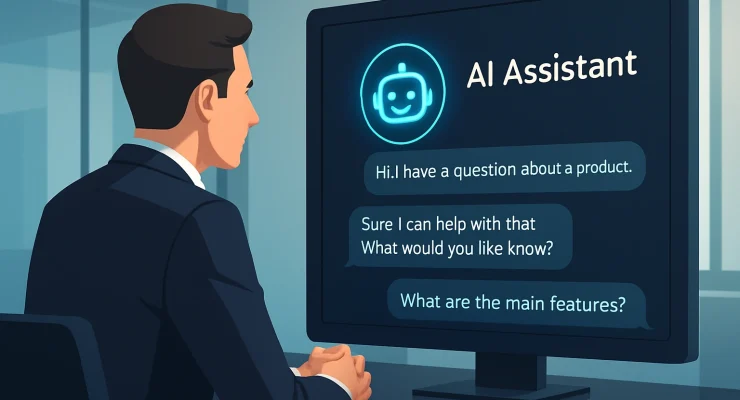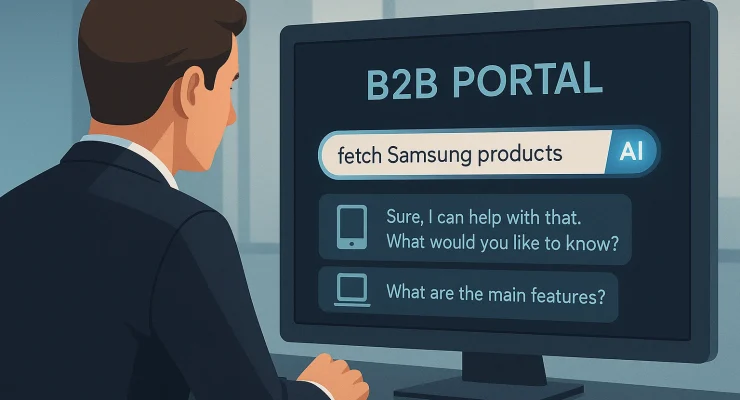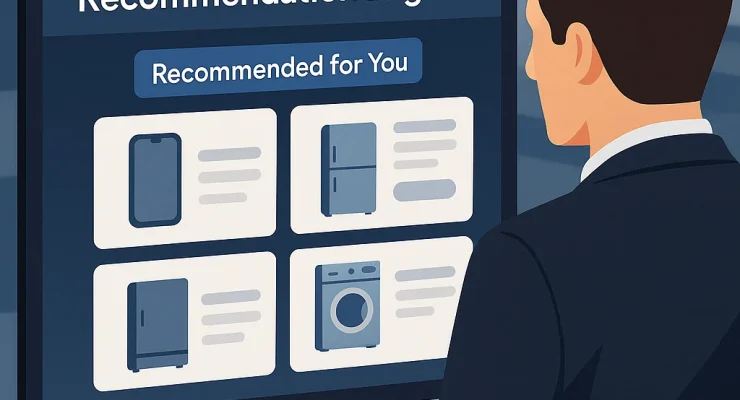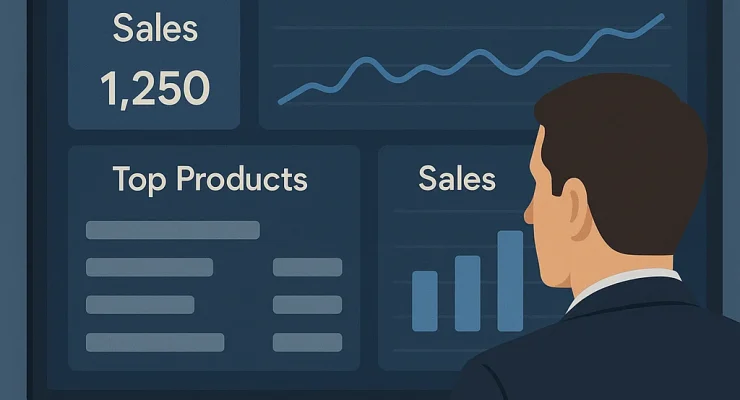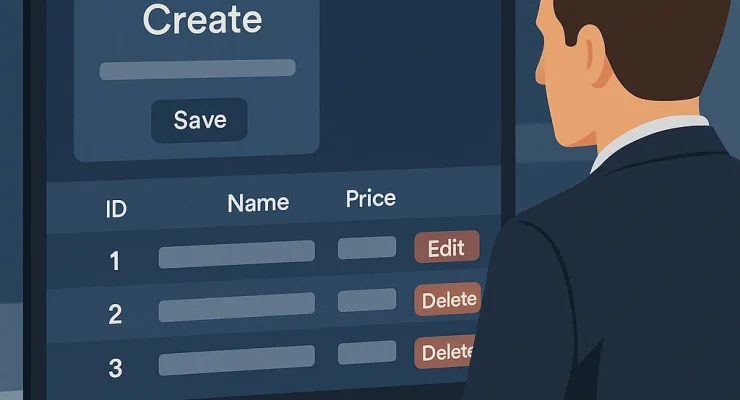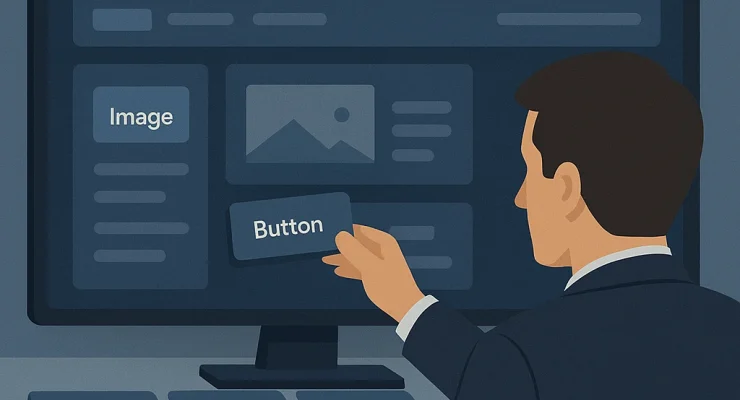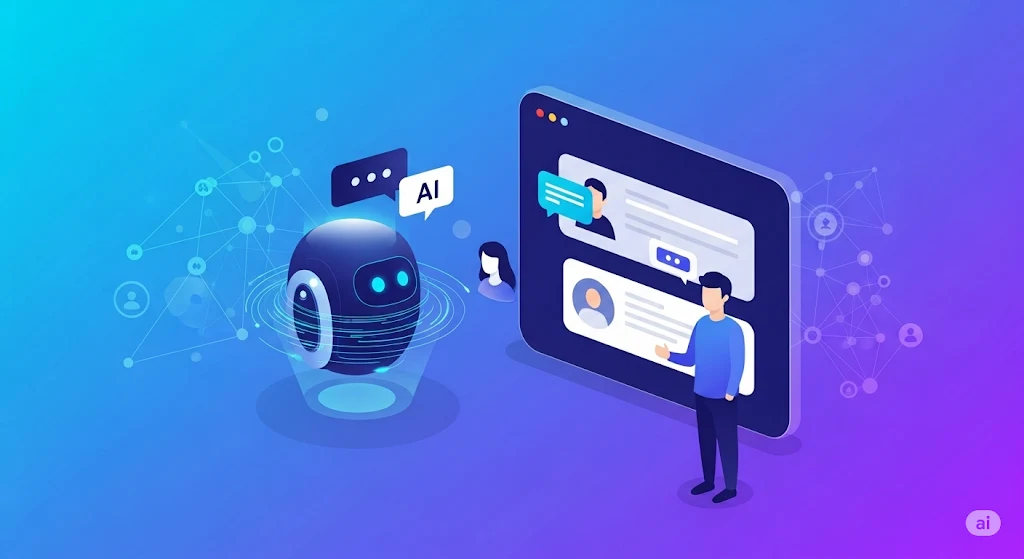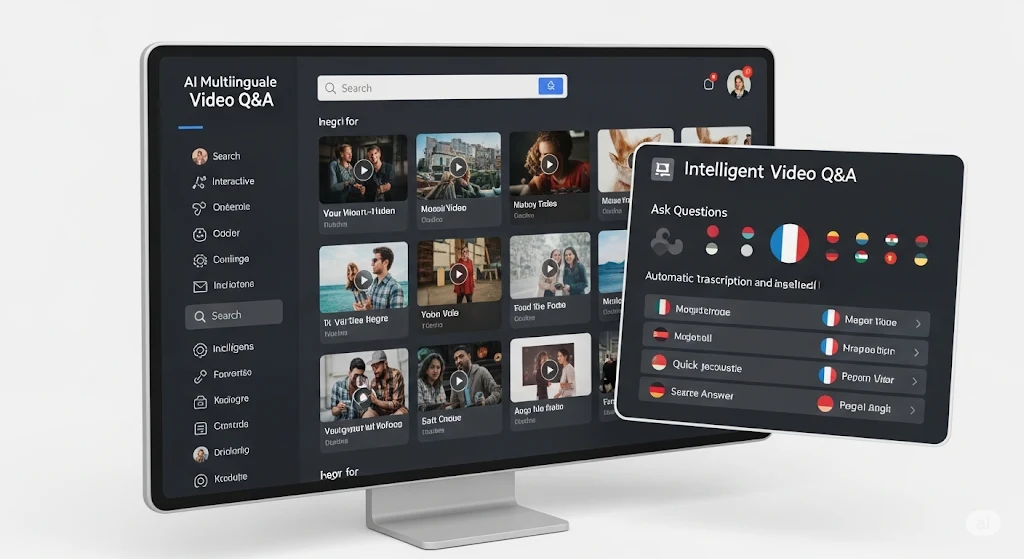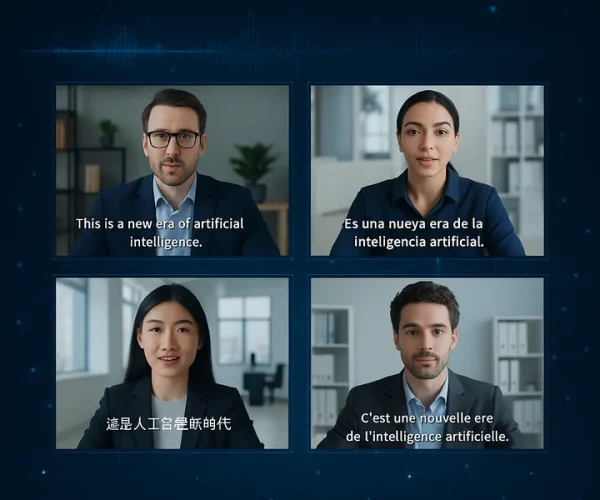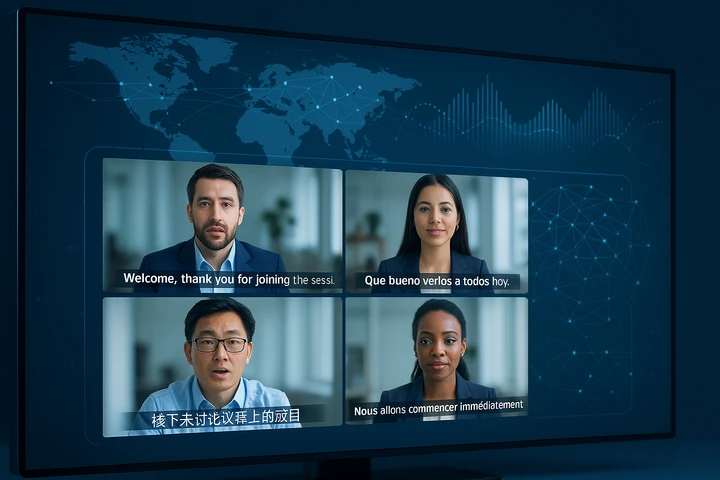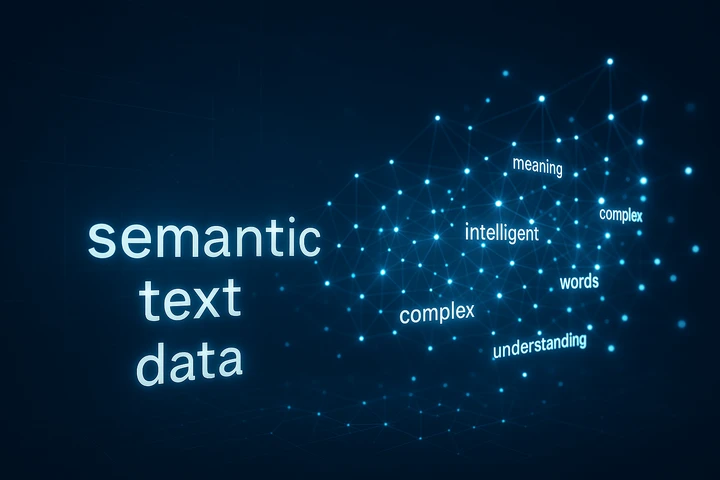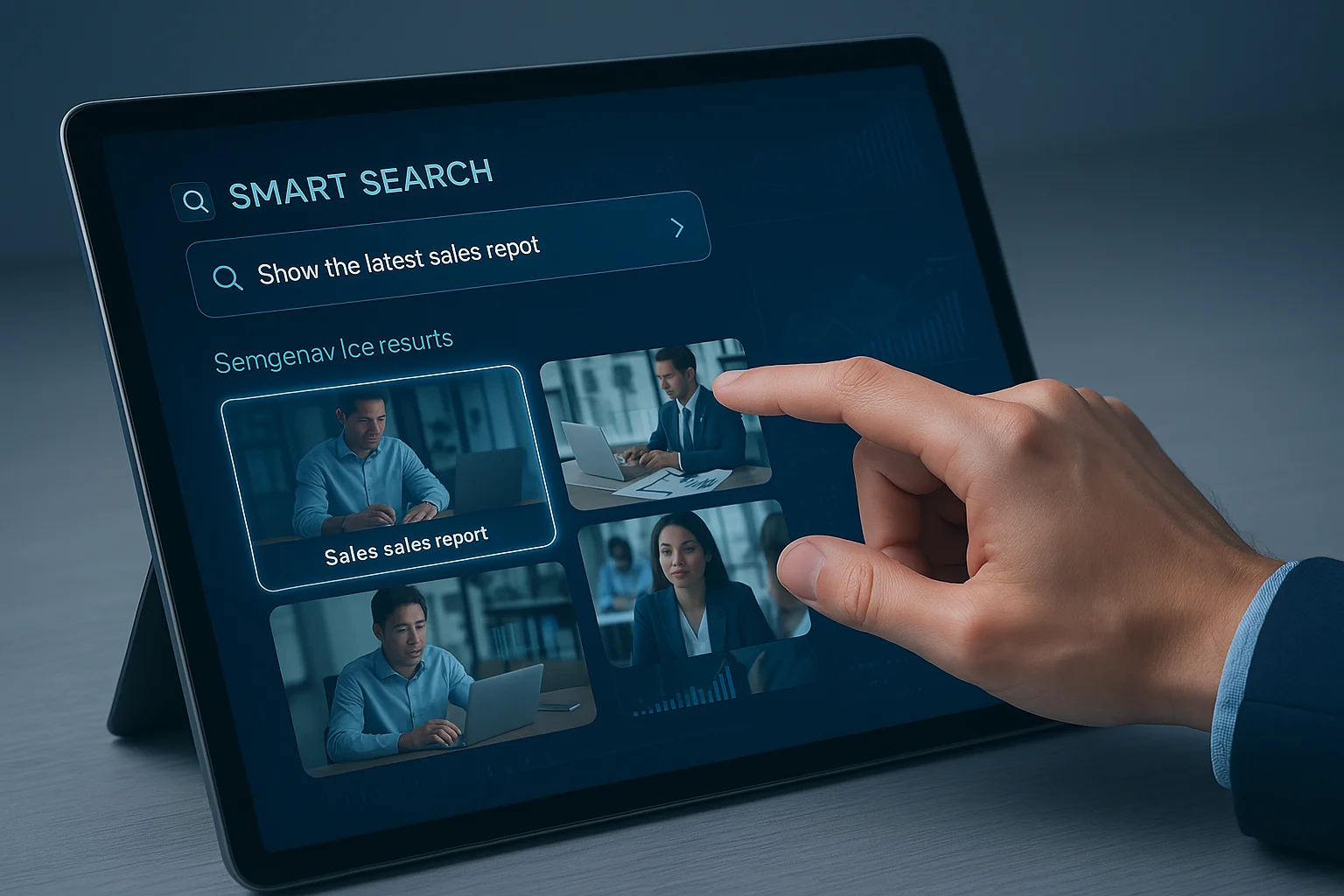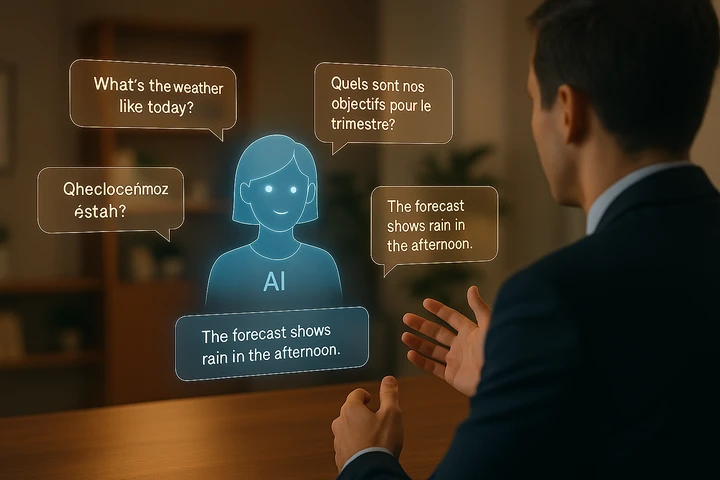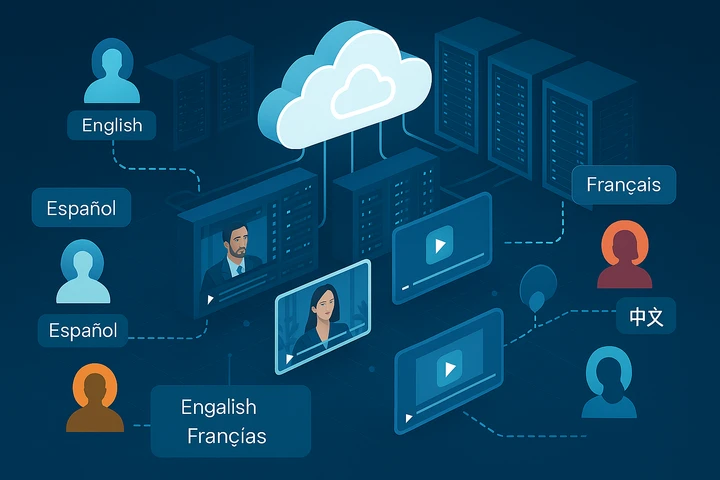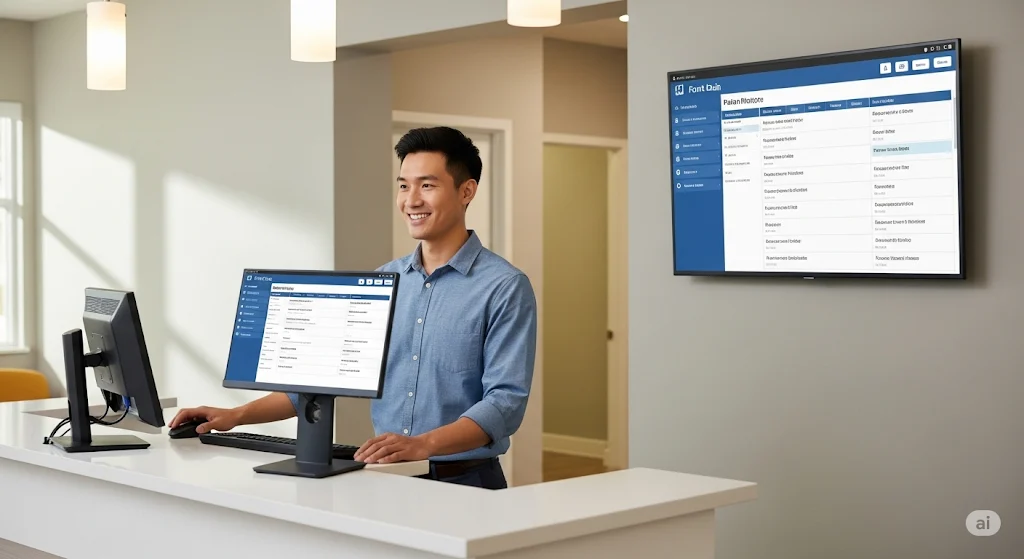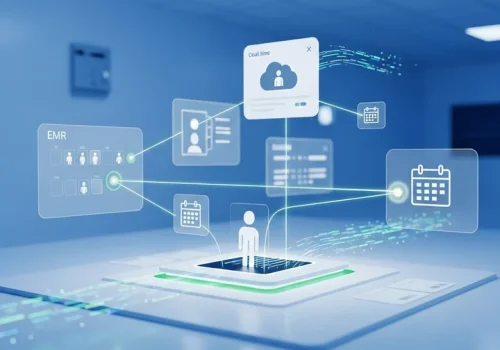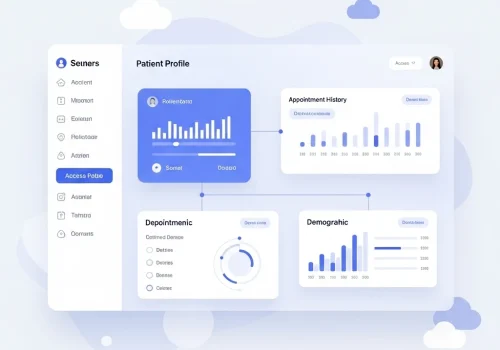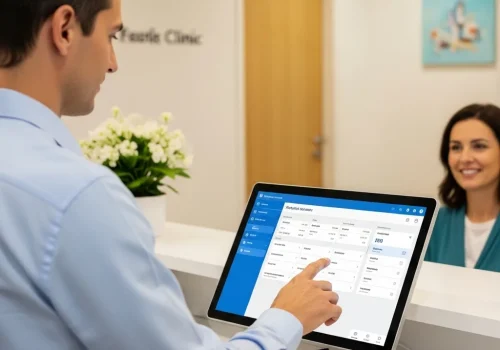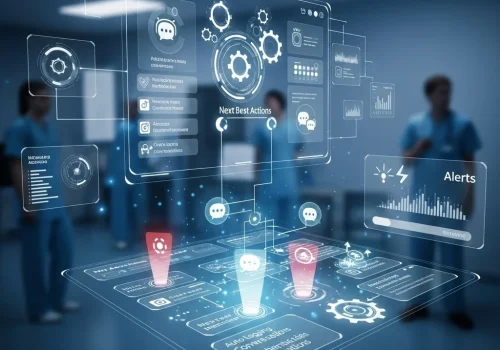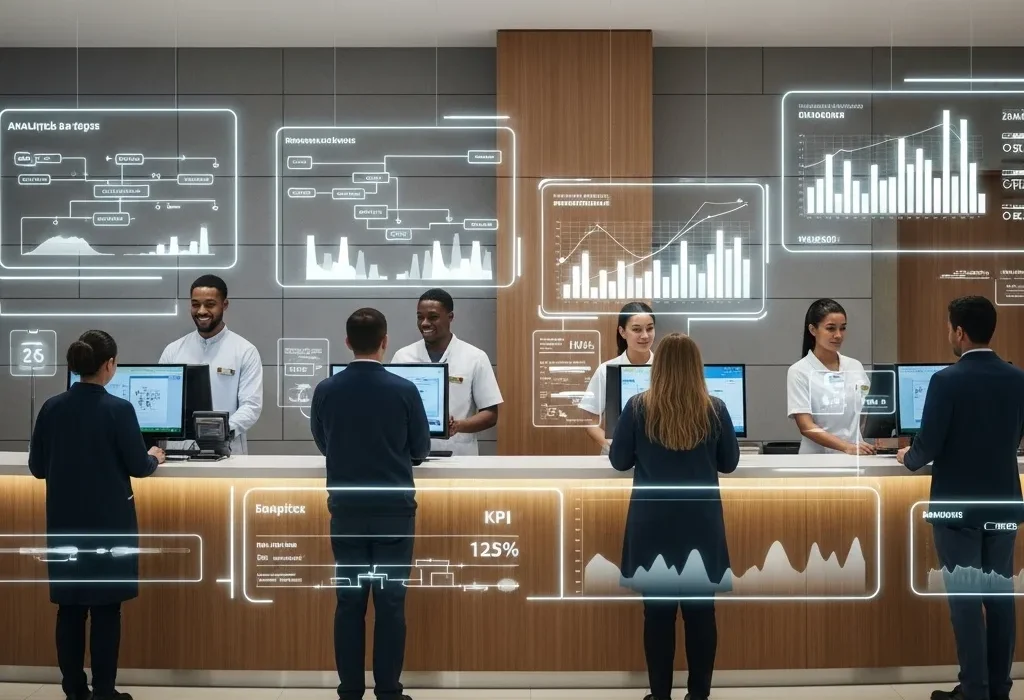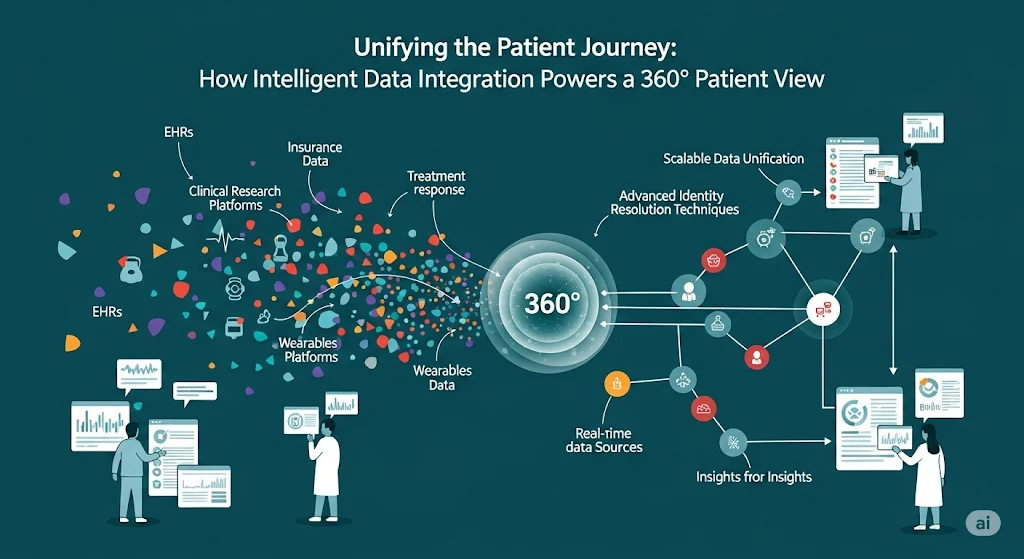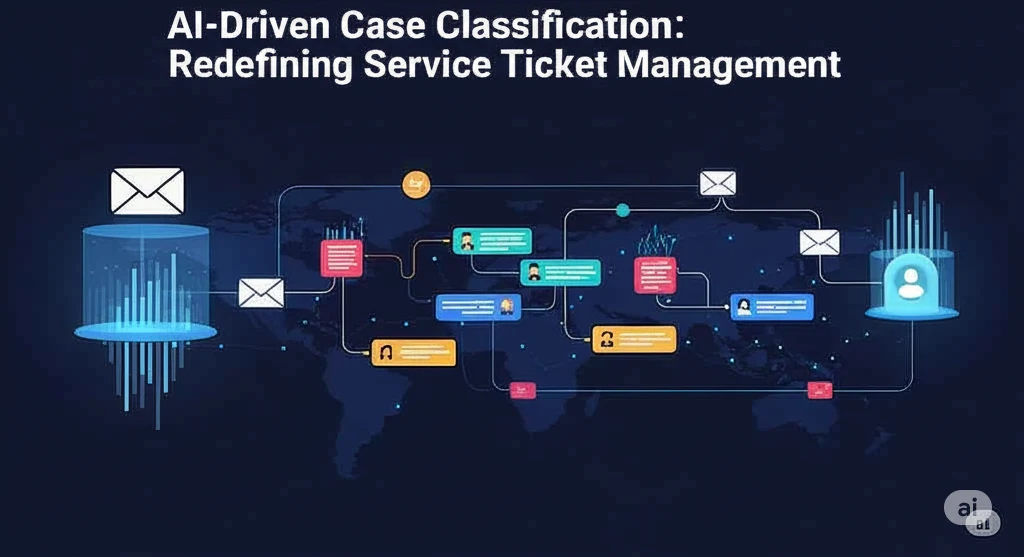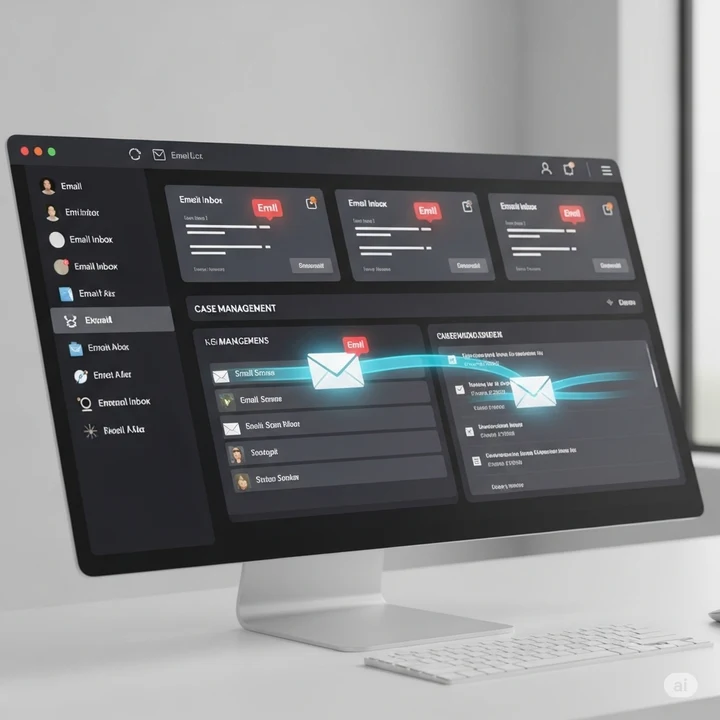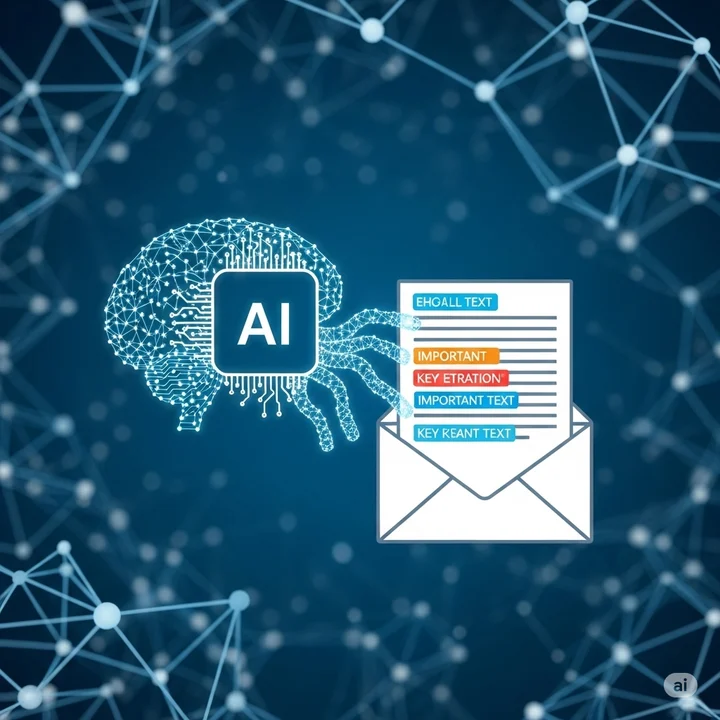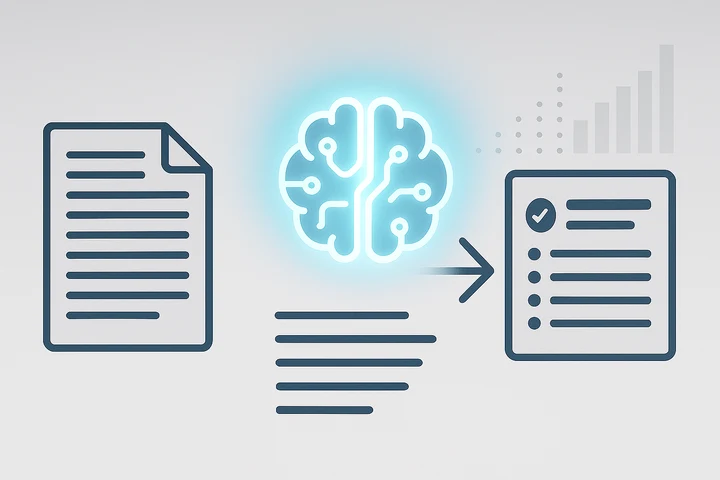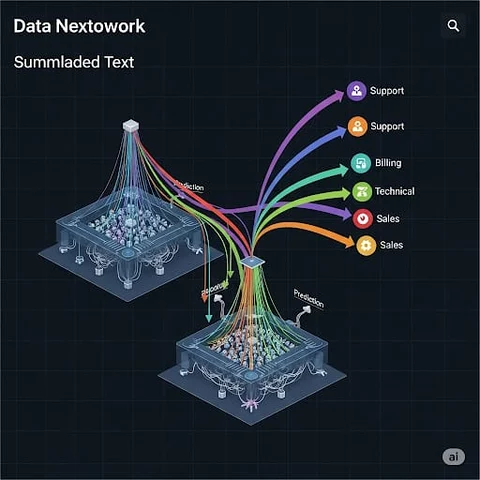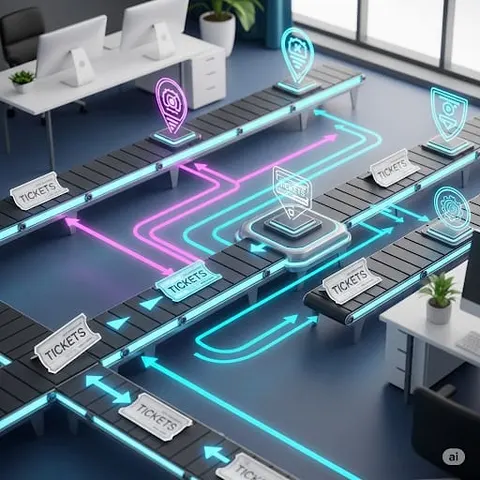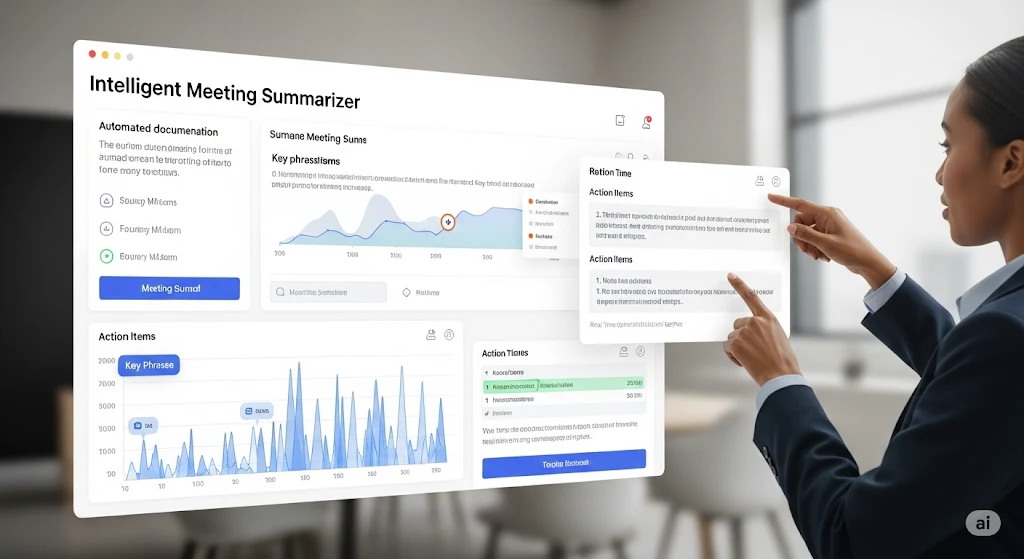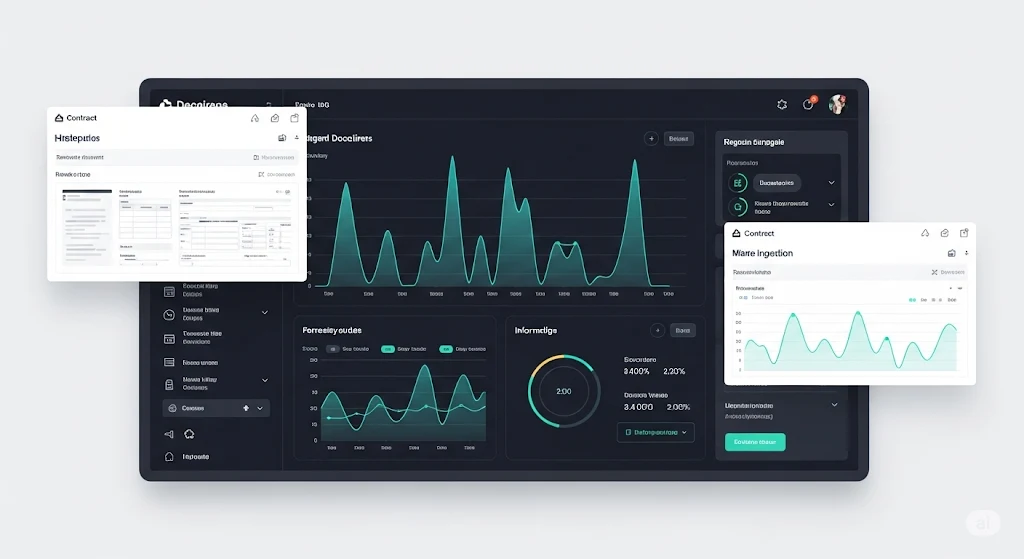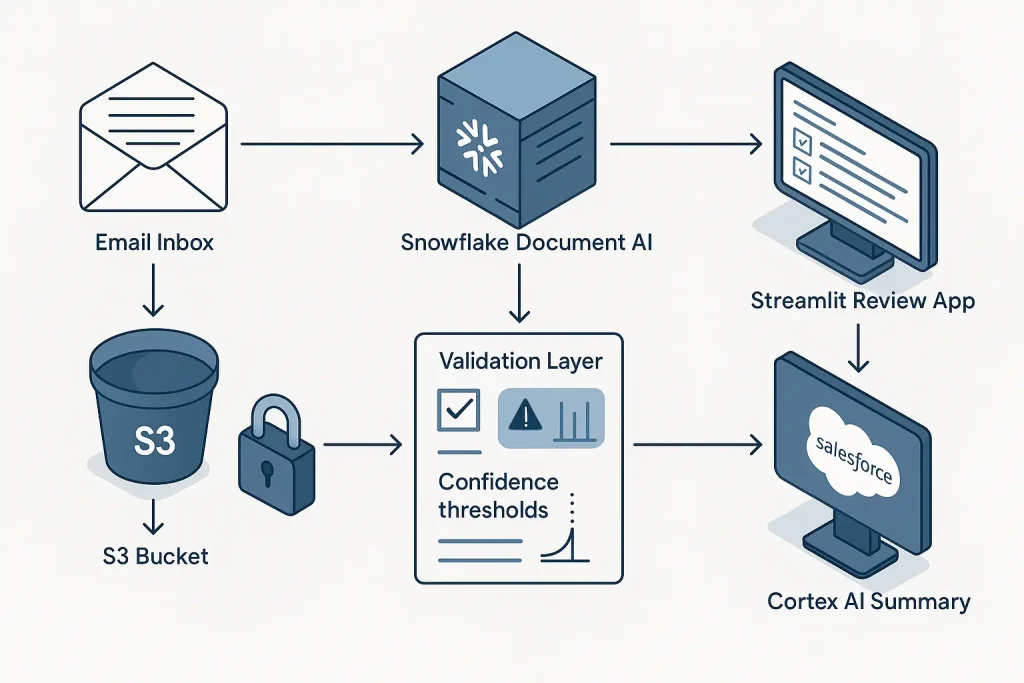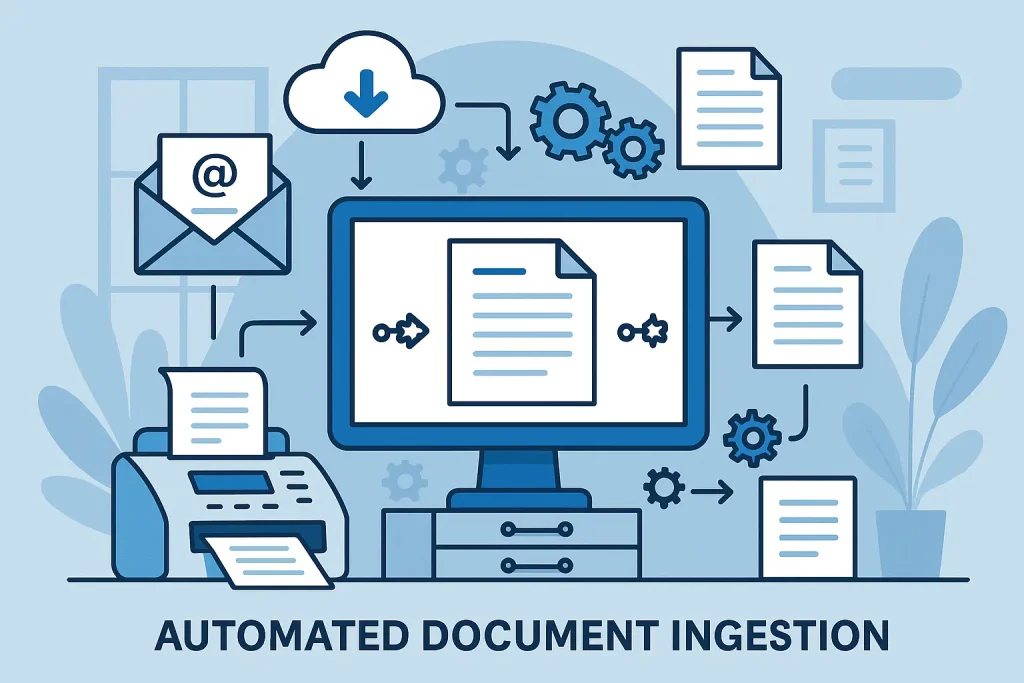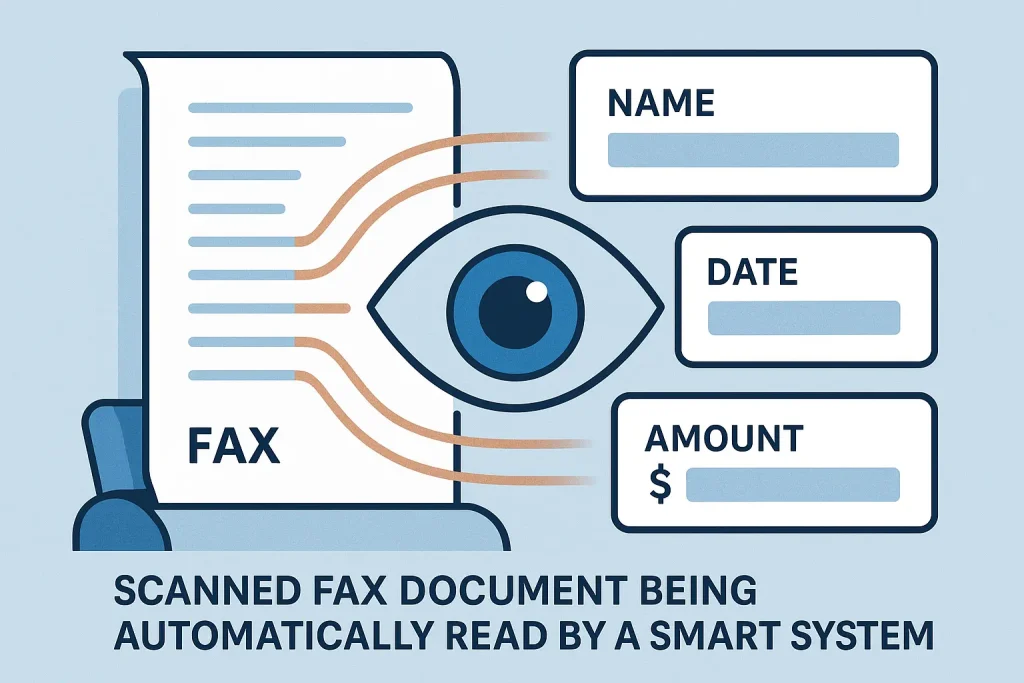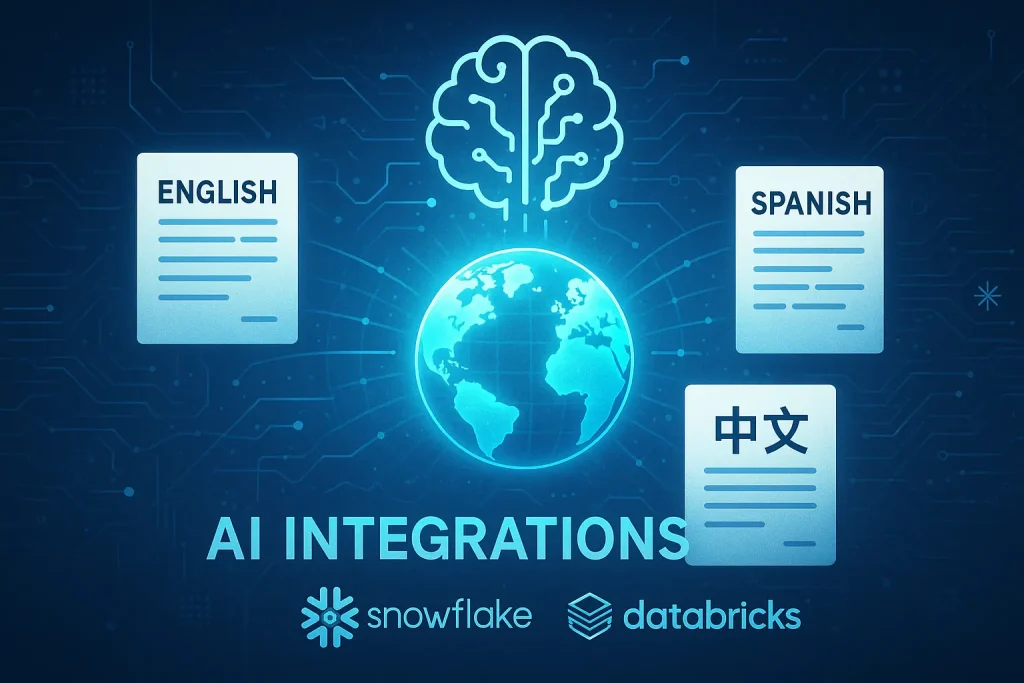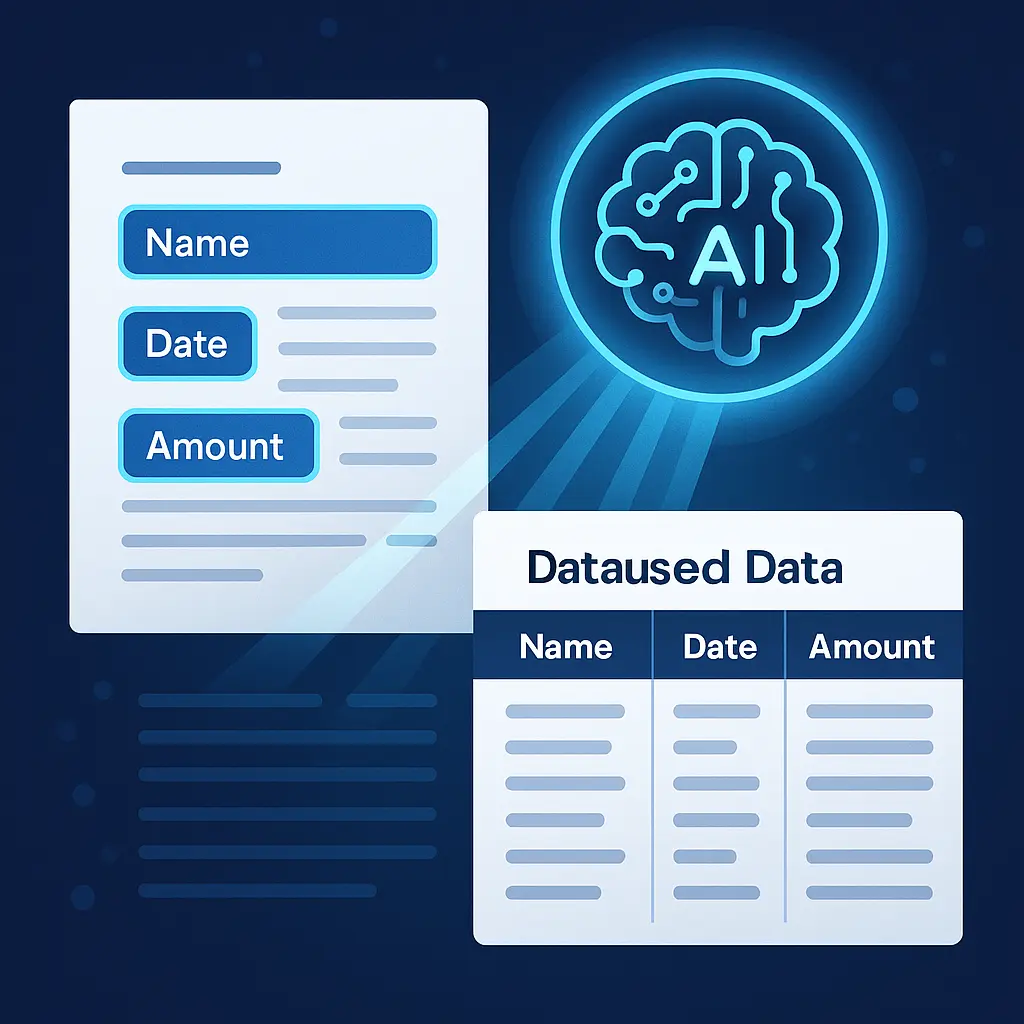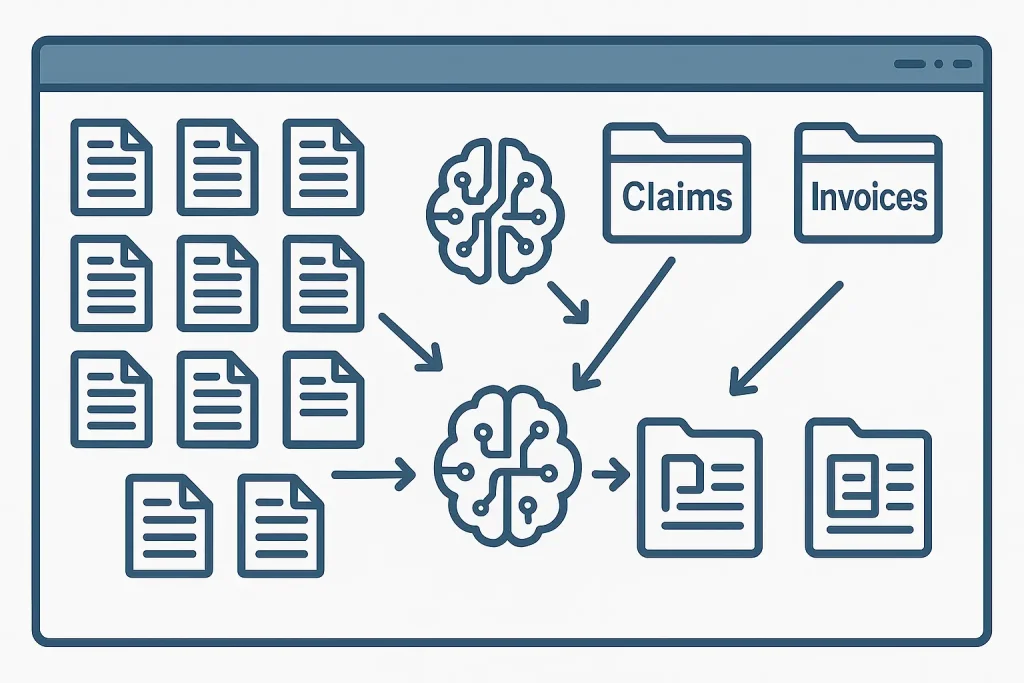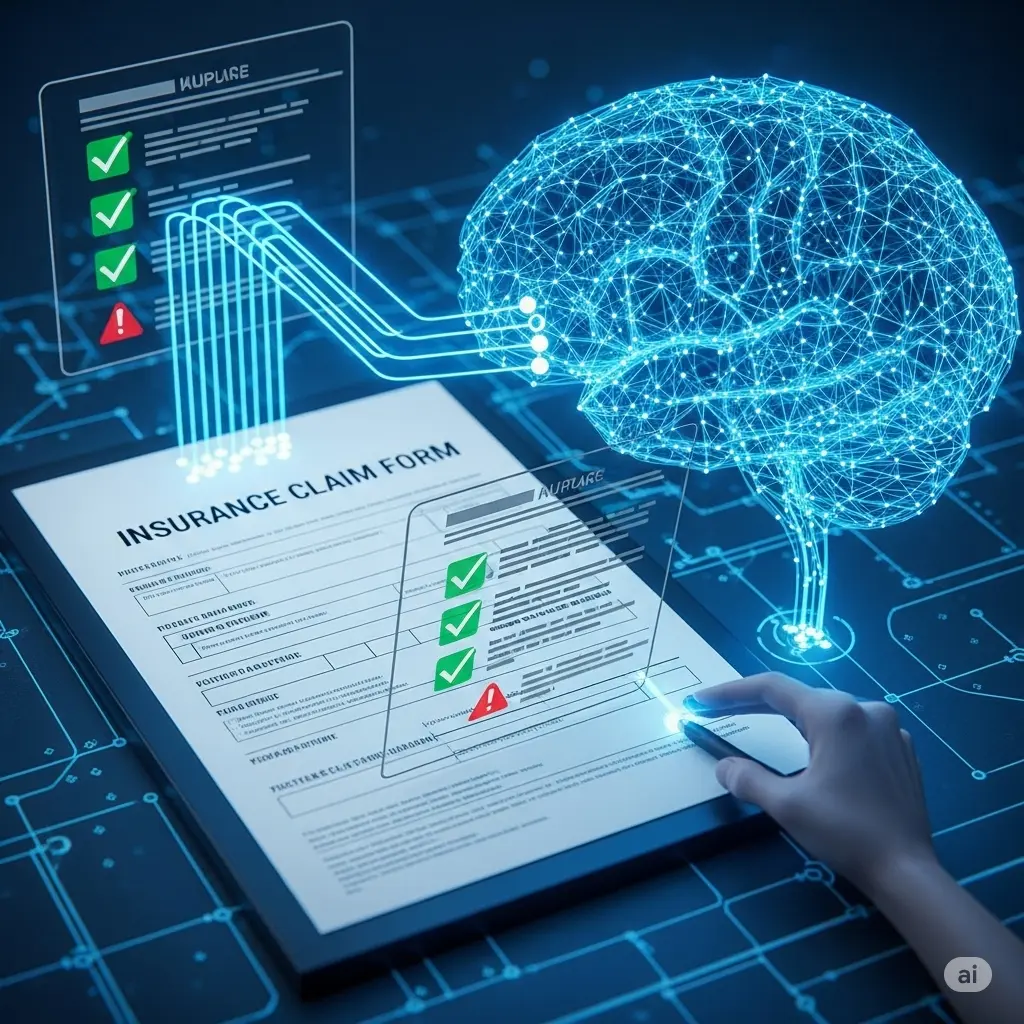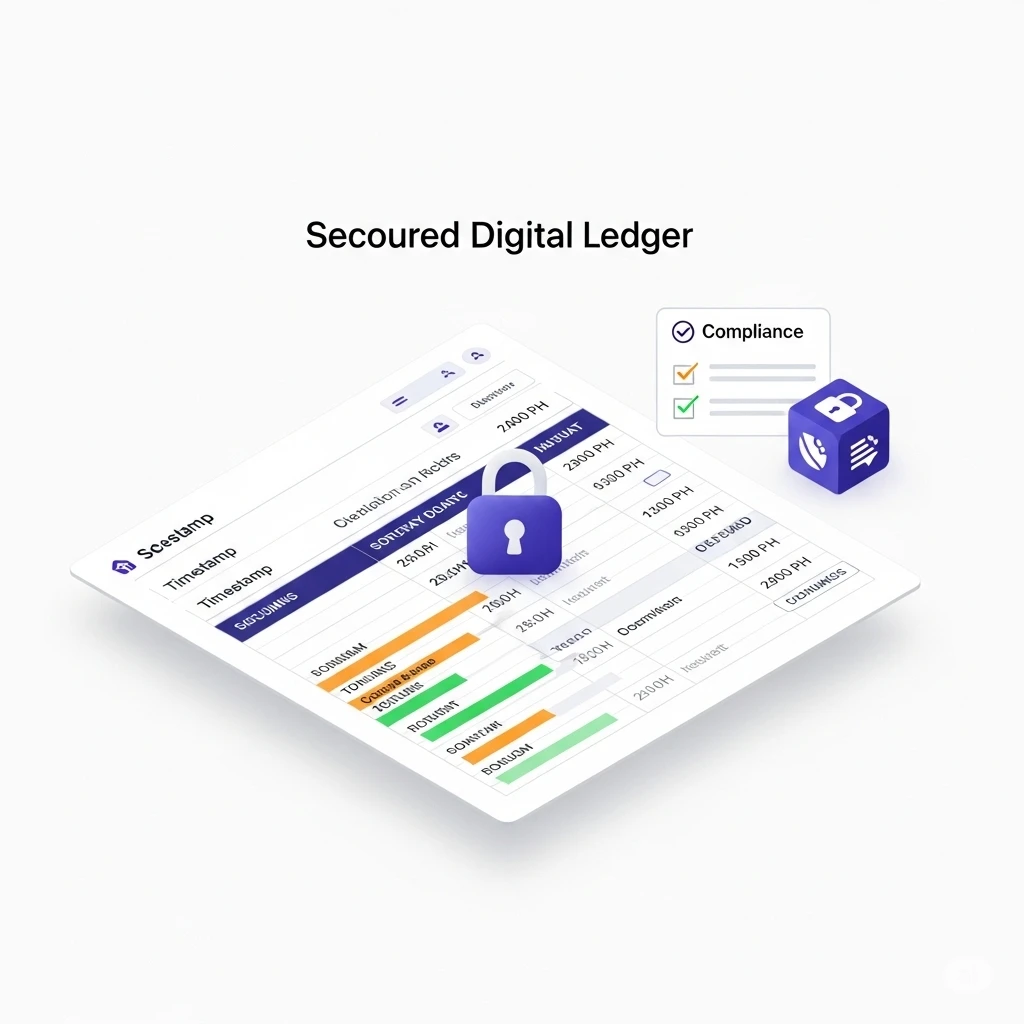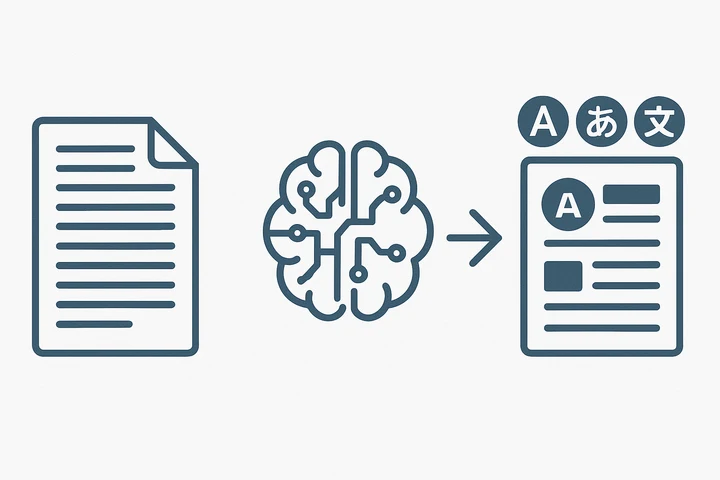🔄 Multi-Source Data Integration
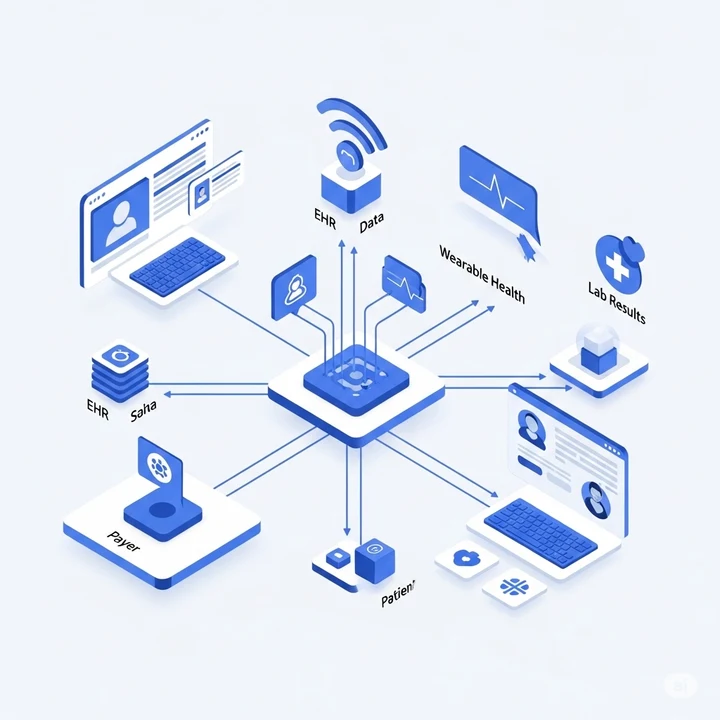
The first step in creating a unified patient profile involves breaking down silos across systems. To achieve this, a robust middleware orchestrates the ingestion of patient records from multiple external and internal sources. These include electronic health records (EHRs), laboratory systems, wearable health monitors, and payer databases.
This integration layer standardizes disparate data formats and enables seamless communication between data producers and the central healthcare platform. Secure APIs ensure compliance with healthcare regulations while supporting scalable data pipelines for continuous ingestion.
🔹Outcome: Accelerated integration across clinical, administrative, and digital health systems with minimal development overhead.
🧩 Data Ingestion via Automated Pipelines
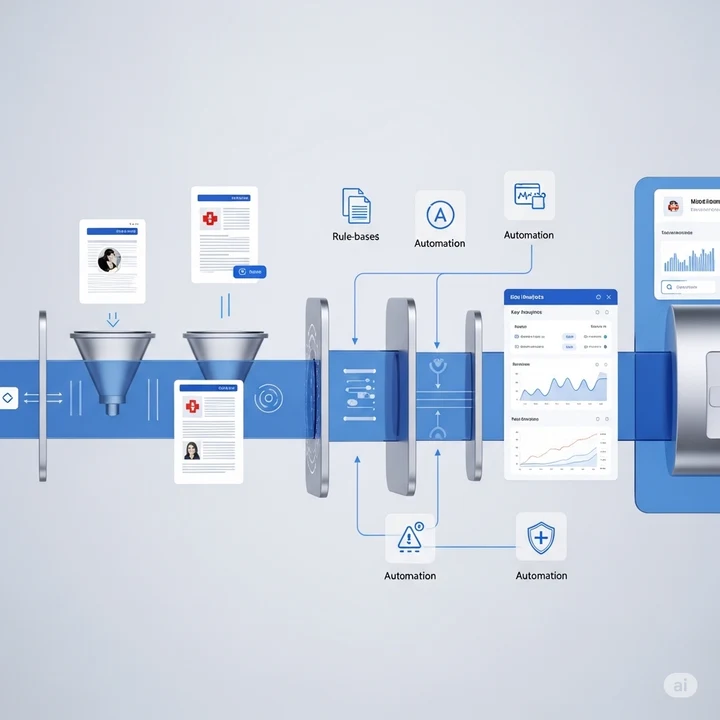
Once the data reaches the integration layer, it undergoes structured processing. Intelligent ingestion pipelines validate, cleanse, and categorize incoming records before routing them to the unified patient data model.
Automated logic handles source prioritization, record timestamping, and domain-specific enrichment (e.g., medication classification, diagnostic groupings). The ingestion framework is designed for extensibility, ensuring that new data sources can be onboarded with minimal friction.
🔹 Outcome: Continuous flow of high-quality, real-time data into the platform, ready for downstream identity resolution and analytics.
🧬 Identity Resolution
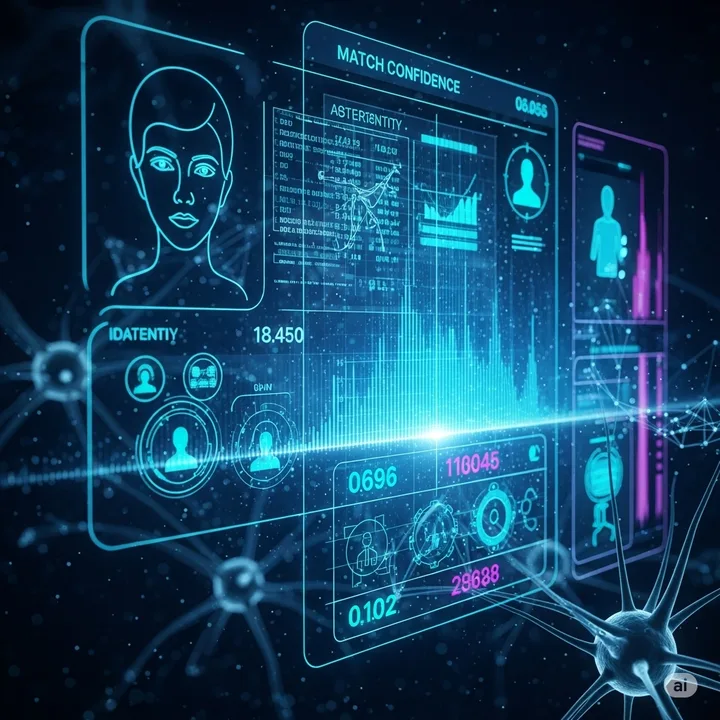
At the heart of patient unification lies a robust identity resolution engine. This system uses deterministic and probabilistic matching to reconcile fragmented or duplicate patient records, even when data is incomplete or inconsistent.
Advanced matching rules—enhanced by AI—evaluate attributes such as names, birth dates, contact information, and contextual clinical markers. Confidence scores are assigned to every match, and manual review workflows are triggered for edge cases to ensure maximum accuracy.
🔹 Outcome: Consolidated patient identities across data sources, reducing duplication and enabling a single, trusted profile for each individual.
🧠 360° Unified Patient View
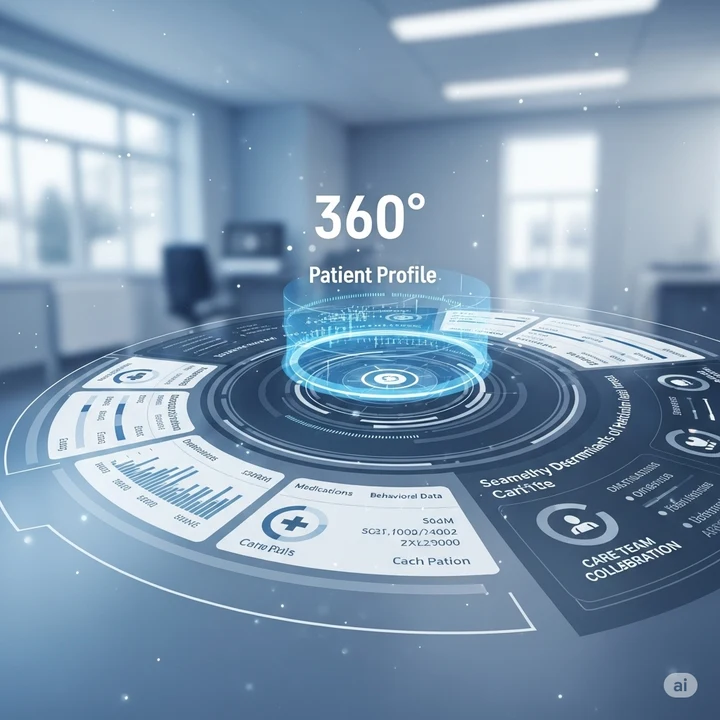
Once records are merged, the platform generates a dynamic 360° patient profile that serves as the single source of truth across the enterprise. This profile aggregates demographics, clinical history, treatment plans, behavioral health indicators, and social determinants of health.
Care coordinators, clinicians, and administrative staff can access this unified view in real-time, regardless of their role or system interface. Embedded insights assist with personalized treatment planning, gap-in-care identification, and care team collaboration.
🔹 Outcome: Empowered decision-making with real-time access to accurate, complete, and contextually enriched patient profiles.
⚡ Real-Time Synchronization Across Systems
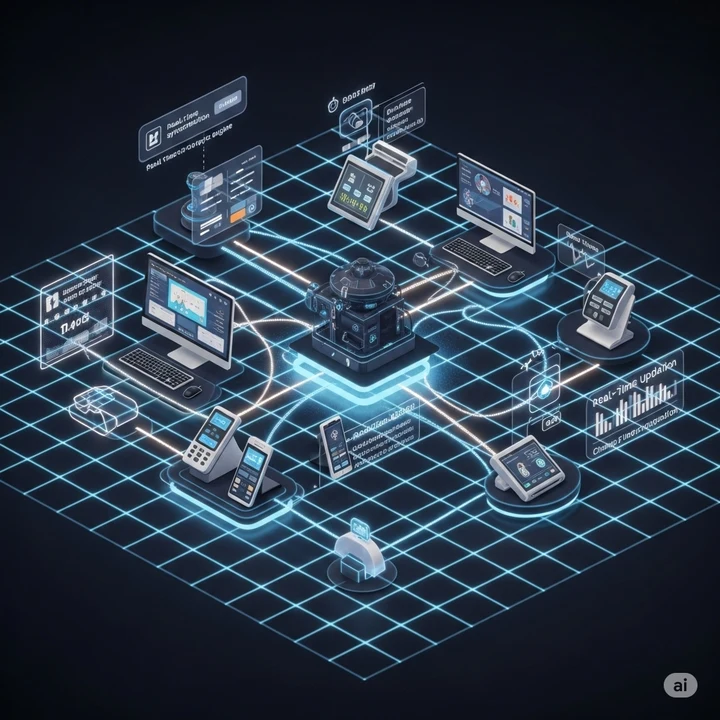
Unification doesn’t end at data consolidation. The platform ensures that patient profiles remain up-to-date as new records are ingested or existing data is modified. Event-driven architecture enables real-time synchronization across connected systems, whether it’s a care management platform, telehealth interface, or mobile patient portal.
Data changes are propagated instantly, and changes are logged for auditability and compliance. This ensures consistency in patient interactions across departments and channels—critical for both operational efficiency and patient satisfaction.
🔹 Outcome: Unified, real-time patient data delivered at the point of care—no more outdated records, manual reconciliations, or version conflicts.
